Good ventilation can significantly reduce the risk of exposure to airborne virus particles, providing there is enough fresh air flow or good filtration.There is evidence from Covid-19 outbreak studies that in buildings with better ventilation, infection rates are...
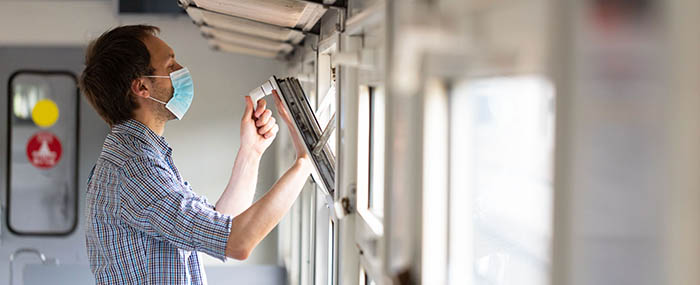
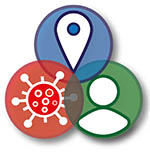
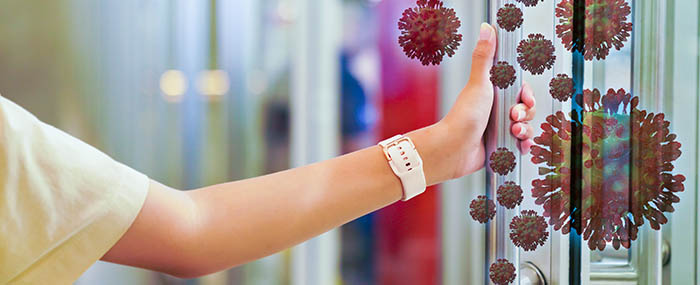
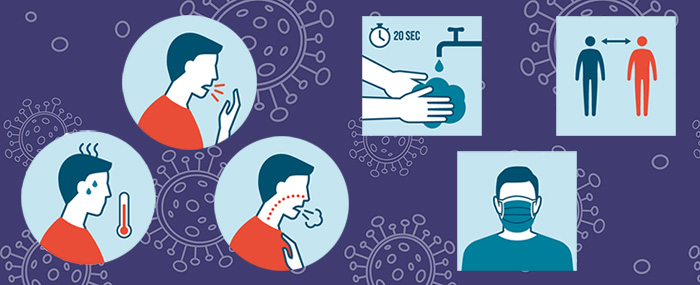
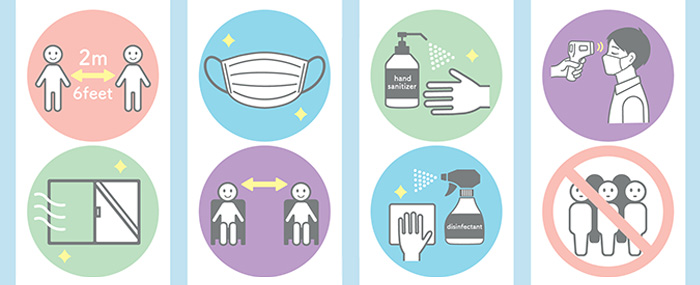





Recent Comments